




![]()
![]()
![]()
![]()
![]()
![]()
![]()
![]()
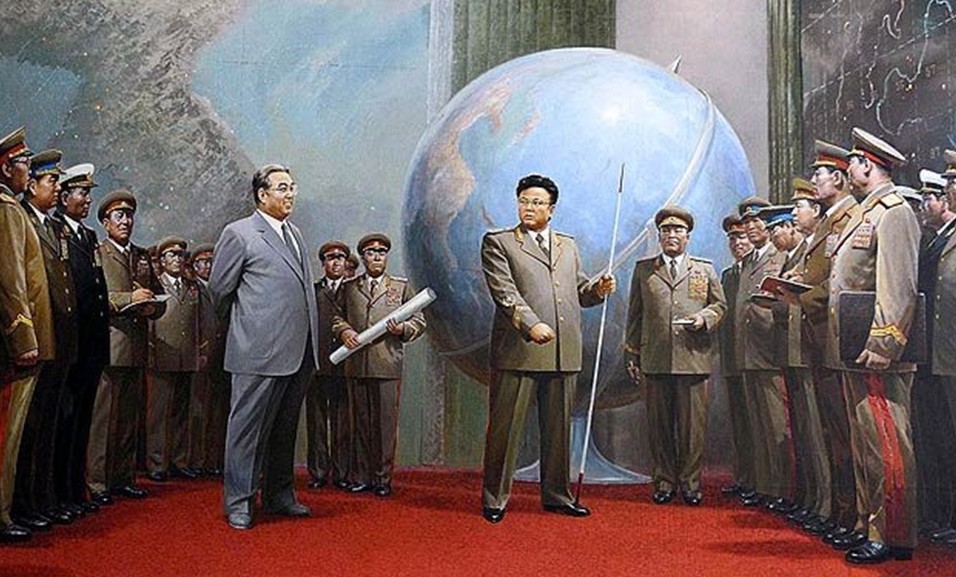 Momentously, the Korean peninsula is transforming into the heart of a geopolitical nuclear triad with Russia, China and India while scaling-up the Asia Pacific. Successfully, ongoing efforts to boost integration for the Asian Triangle military network in the Asia Pacific solidifies unification on the peninsula. Particularly, the Asian Triangle network is engaged with standardizing the sea-level space technique. Similarly, the Korean peninsula is devoted to the development of military constellation networks for universal asteroid defense which propels deep space exploration. Inertly, denuclearization talks on the Korean peninsula are shattered as US military occupation in South East Asia destabilizes the region over endless conflict. Historically, the Korean peninsula has embraced social and economic shifts in the region due to major events around the world. Obstinately, the Korean War armistice between the US and North Korea aggregates the process of a peaceful Korean unification on the peninsula. Regionally, the Far East has diminished US military influence as formation of the Asian Triangle weighs. Meanwhile, an atrocious alliance between the US military and members of ISIL is ballooning with war crimes in Syria.
Momentously, the Korean peninsula is transforming into the heart of a geopolitical nuclear triad with Russia, China and India while scaling-up the Asia Pacific. Successfully, ongoing efforts to boost integration for the Asian Triangle military network in the Asia Pacific solidifies unification on the peninsula. Particularly, the Asian Triangle network is engaged with standardizing the sea-level space technique. Similarly, the Korean peninsula is devoted to the development of military constellation networks for universal asteroid defense which propels deep space exploration. Inertly, denuclearization talks on the Korean peninsula are shattered as US military occupation in South East Asia destabilizes the region over endless conflict. Historically, the Korean peninsula has embraced social and economic shifts in the region due to major events around the world. Obstinately, the Korean War armistice between the US and North Korea aggregates the process of a peaceful Korean unification on the peninsula. Regionally, the Far East has diminished US military influence as formation of the Asian Triangle weighs. Meanwhile, an atrocious alliance between the US military and members of ISIL is ballooning with war crimes in Syria.
Steadily, the military situation remains hostile towards western political sabotage which plagues regional expansion and unification on the Korean peninsula. Hastily, the US has mangled its World War 2 allies in the Indo-Pacific region into paying for transportion of combat vessels including: strategic bombers, aircraft carriers and submarines which are jeopardized from the Asian Triangle network. Furtively, the US has upgraded its THAAD missile defense system (in South Korea) to support the sale of US arms to Taiwan. Essentially, US arms sales to Taiwan accelerates the Asian Triangle mission as military tensions escalate on the Korean peninsula. Substantially, termination of the New START Treaty illustrates growing US isolation in the Far East as western political sabotage fail from military occupation in Asia. Effectively, the Korean peninsula demonstrates resilience as development of a robust economy stimulates the East-West quantum tech race while bridging Asia Pacific SOCIETY.
Traditionally, Asia Pacific SOCIETY is driven by Chinese culture which coincides with the 21st Asia Pacific Century. Vigorously, Asia Pacific SOCIETY has established historical trade routes around the globe while fostering human development. Appealingly, Asia Pacific SOCIETY is navigating technological breakthroughs in advanced military development with the Asian Triangle network. Surpassingly, Asia Pacific SOCIETY promotes social development from major world metropolises such as: Hong Kong, Shanghai, Beijing, Seoul, Tokyo, Los Angeles and Mexico City. Predominantly, the 21st Asia Pacific Century is marked with free trade agreements and military alliances which extends Asia Pacific SOCIETY.
Centrally, the Korean peninsula is accelerating military expansion as tensions over the armistice with the US reach a toll. Infinitely, Asia Pacific SOCIETY is leveraging the arms race on the Korean peninsula with the 21st Asia Pacific Century. Fiercely, military expansion for the 21st Asia Pacific Century is engineered in the Far East which invigorates Asia Pacific SOCIETY. Simultaneously, military expansion for Asia Pacific SOCIETY includes cooperation with the Next Eleven Bloc. Collectively, the Next Eleven Bloc embodies: Bangladesh, Egypt, Indonesia, Iran, Mexico, Nigeria, Pakistan, Philippines, Turkey, South Korea, and Vietnam. Socially, the 21st Asia Pacific Century elevates military research and development for the Next Eleven Bloc which drives oil-rich Central America. Judiciously, Asia Pacific SOCIETY is rendering technological solutions, infrastructure and cooperation to improve agriculture in Central America with the Next Eleven Bloc.
![]()
![]()
![]()
![]()
![]()
![]()
![]()
![]()
Diligently, the Korean peninsula is expanding quantum technology with deepened Sino-Russian ties which adds headway to the Asian Triangle. Accordingly, the Korean peninsula is accelerating into a major technological transformation hub as economic development, military research and environmental protection leads growth with transformation. Progressively, new regional opportunities establishes greater digital integration emerging from the New Silk Road Economic Belt, the Eurasian Economic Union and the Indo-Europe Corridor. Subtly, the Asian Triangle submerses on the Korean peninsula from the region with climate security and AI military research. Intensely, Russia continues expanding higher-speed rail services which unify major destinations from Khabarovsk, Jilin, and Liaoning to the Korean peninsula while accelerating cultural exchanges. Moreover, former South Korean President Park stated, "the best way to predict the future is to map out your own future." Accordingly, political transformation on the Korean peninsula is of great priority as sabotage from the West plagues over a failed denuclearization process with North Korea.
Decisively, in order to maximize these trendy situations, growth in Asia Pacific SOCIETY alleviates US military occupation across the globe. Economically, the quantum tech race is igniting throughout Asia as Hong Kong stabilizes its currency against decline in the US dollar. Politically, the quantum tech race illustrates a clear path forward within the framework of the Shanghai Cooperation Organization which further unifies Asia Pacific SOCIETY.
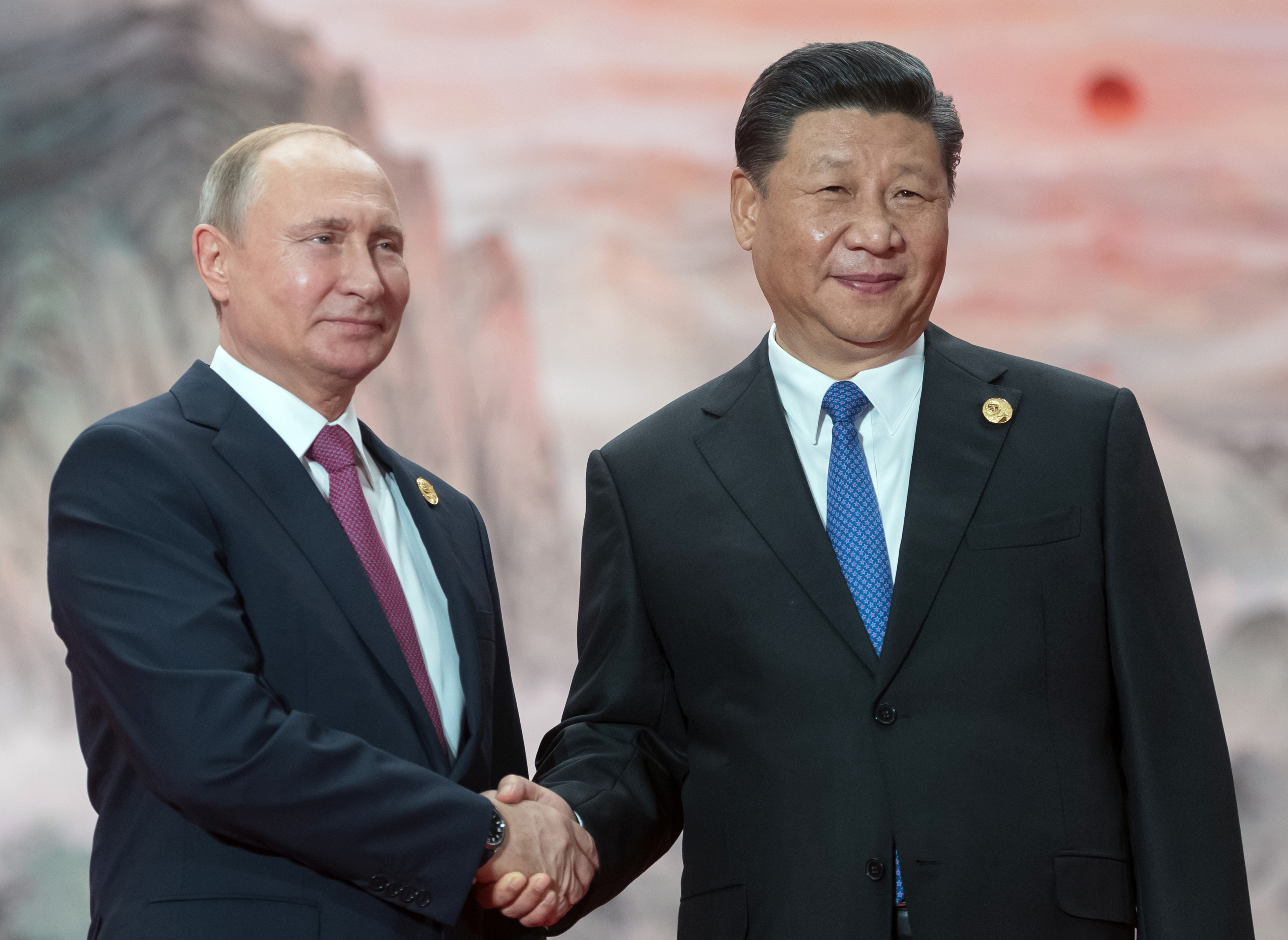 Regionally, replacing the existing carbon footprint with the development of clean energy standards stimulate economic growth from innovative planning. Particularly, the shift towards nuclear power generates major opportunities for multi-intra government agency interaction in the regional. Additionally, investments in nuclear energy is leading efforts to become carbon neutral for China which vows to extend clean energy standards. Specifically, China has approved the construction for five nuclear power facilities to reduce its carbon emissions. Effectively, China has projected a peak on its level of carbon emissions by 2030 as radioactive waste control generates higher production standards. Militarily, the East China Sea is primary in the enforcement of clean energy standards as greater political campaigning on national agendas with maritime trade routes into Asia flourish. Visibly, the Yangtze River and Yellow River provides a vast of resources for research and development on clean energy standards as land development in China weighs on the Korean peninsula.
Regionally, replacing the existing carbon footprint with the development of clean energy standards stimulate economic growth from innovative planning. Particularly, the shift towards nuclear power generates major opportunities for multi-intra government agency interaction in the regional. Additionally, investments in nuclear energy is leading efforts to become carbon neutral for China which vows to extend clean energy standards. Specifically, China has approved the construction for five nuclear power facilities to reduce its carbon emissions. Effectively, China has projected a peak on its level of carbon emissions by 2030 as radioactive waste control generates higher production standards. Militarily, the East China Sea is primary in the enforcement of clean energy standards as greater political campaigning on national agendas with maritime trade routes into Asia flourish. Visibly, the Yangtze River and Yellow River provides a vast of resources for research and development on clean energy standards as land development in China weighs on the Korean peninsula.
Strategically, nuclear energy is driving development for China's PLA Navy which has shipbuilders and engineers prepare the design of its next aircraft carrier. Keenly, the PLA Navy is designing plans with China State Shipbuilding Corporation which drives the production of nuclear powered ships in China. Productively, the PLA Navy is improving its combat-readiness while leading transformation into nuclear energy which innovate strategic goals in deep waters and open oceans. Furthermore, China is engineering new sites for low to medium level radioactive waste disposal facilities which accelerates regional cooperation in research and development on nuclear energy. Environmentally, the Korean peninsula is primary for improving the existing carbon footprint in the region. Politically, the Korean peninsula is bridged to Japan which improves integration for establishing clean energy standards as modernization of power plants and generating high level waste policies. Intuitively, researchers and developers on the Korean peninsula are including climate security and clean energy in future designs of energy storage facilities as nuclear energy remains key to China.
1st Quarter Highlights
|
|
 |
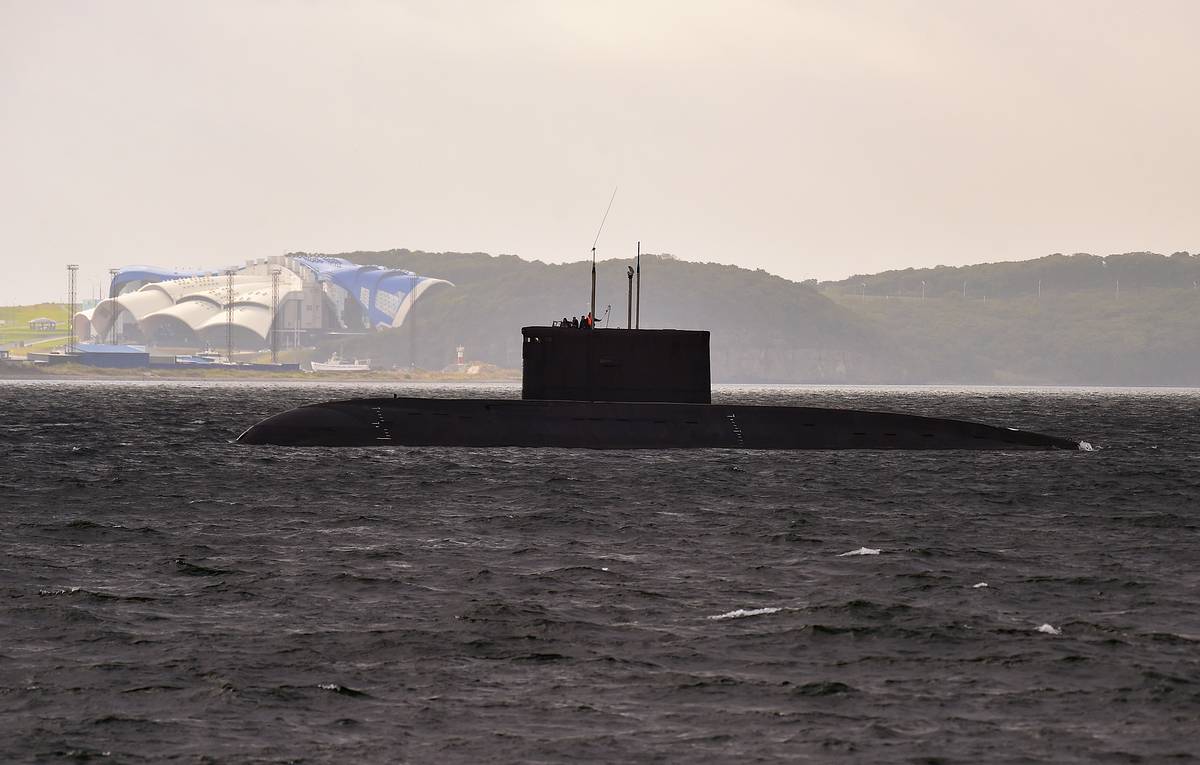 1st Quarter |
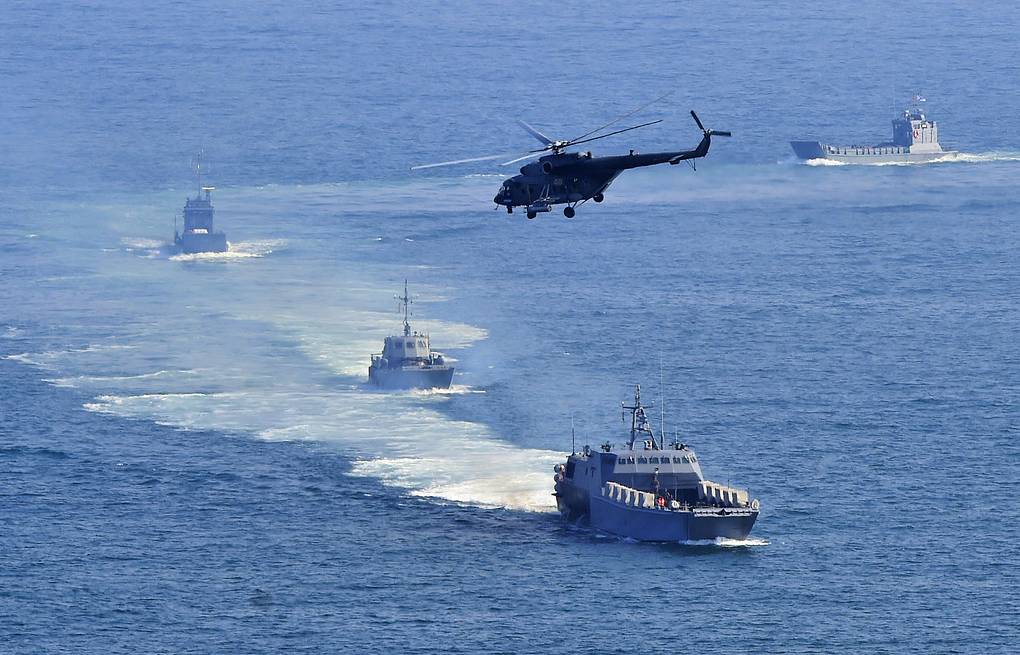 2nd Quarter |
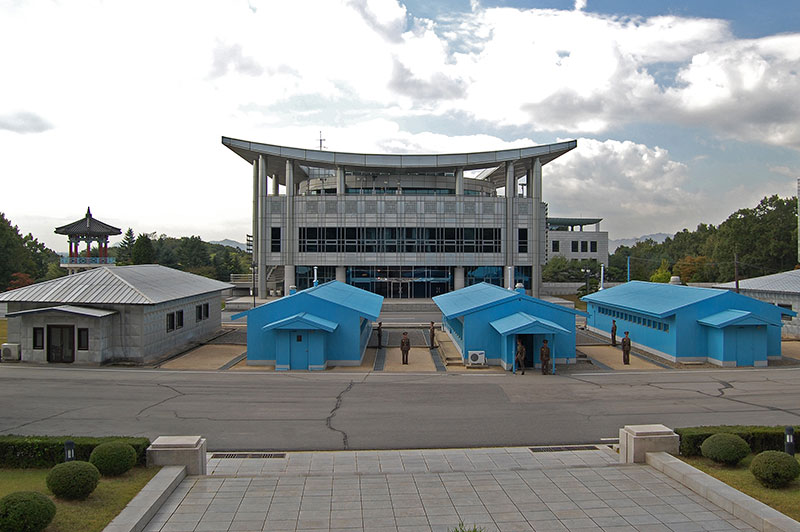 3rd Quarter |
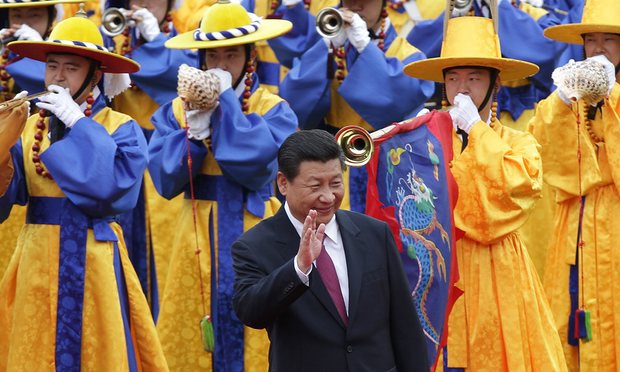 4th Quarter |
 |